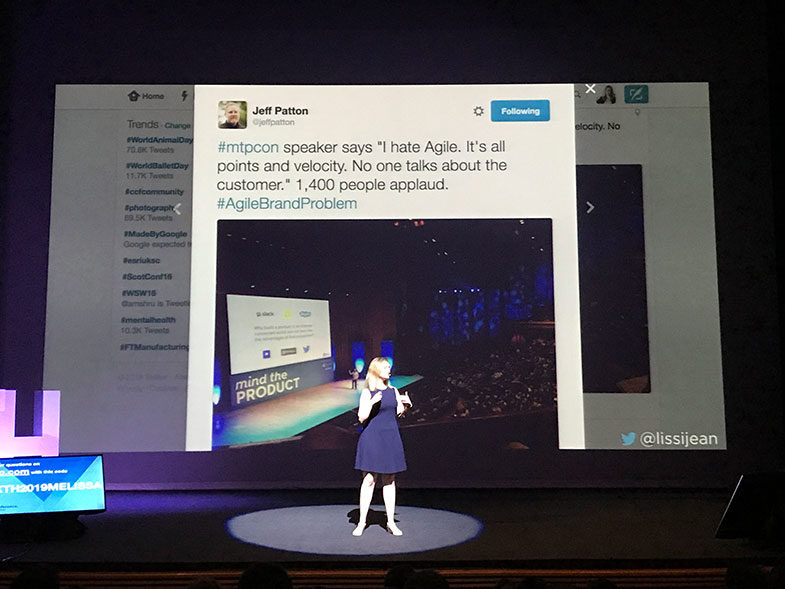Sprinting
Hi there,
There was one client I had been working with since September last year. It started with a small research project then it became much bigger. Then my colleague and I were put into their team and they were using Agile methodology. For more details, read this: https://www.planview.com/resources/articles/agile-and-lean/
It was that my client wasn’t an IT company. If you read that article, you would know that Agile was initially designed for the IT development/management. When applied in a different kind of organization, it’s likely to have a lot of challenges. Although my client wasn’t an IT company, their products still had something to do with digital services and products, and they were in a transformation phase from traditional to digital. So in a way, Agile might be applicable in this case.
The Agile process is iterative. We worked in “sprints”. Here, each sprint took about 2 weeks (sometimes 3 depending on the situation). The team is called “squad”. In a squad, there are people from different roles, for example, designers, project managers, and business analysts. In each sprint, the squad has to make a commitment of deliverables. It’s kind of making a promise that we will do this and that, and deliver it within 2 weeks. Then most of the things the squad will be working on are called “user stories”. Remember that Agile originated from the IT development. So a user story explains a goal of a particular feature in a software by explaining an action a user can do (for example, create a profile). Note that it doesn’t say how the software does it though. So it gives some room for squad members to figure out solutions. In one software, there can be hundreds of user stories because one feature can be broken down into many user stories too. A very big user story can also be called “epic”. At times, main features are epics. One user story can be stretched for longer than a sprint and it’s very common to happen.
That was some short explanation of what is like using the Agile methodology. In my case, we had been working on the designs of some parts of the website from the beginning. It was almost 10 sprints already. My squad delivered a lot things but somehow my colleague and I were still iterating the designs of the same parts we worked on in the first sprint that we joined…So it means that 6 months and we were still running in a loop…I didn’t really know what we did wrong. Was it the management? Was it the Agile? Didn’t my colleague and I work hard enough? All these months I just thought that we were making progress and heading somewhere. It just seemed so slow. Some time I wondered if Agile was really working here. We put ourselves in a short timeframe to squeeze the most out of it. Moreover, in every sprint, I had to attend several “ceremonies” (meetings in Agile) which I didn’t know if it was actually needed and if my time was spent right. Or this is how Agile is supposed to be? Leave it “agile” and we constantly change it over meetings. Then, when will the product see the light?
You might ask if we did Agile in the wrong way. I wondered the same. There were a lot of articles and memes about failing using Agile. People were like “if you don’t get good results from Agile, you are doing it wrong”. I just wondered how come anyone would know if it’s wrong, or it’s right when you get good results? Different organizations would probably apply Agile in their own way because I don’t think it would fit in every context. Plus, for some reason, “waterfall” had become a forbidden word as if it was so wrong to do waterfall when many design projects are actually using the waterfall process.
At times I made up my mind that my client’s product was complicated by nature so it took time to get it right. Many times I wasn’t sure if I was honest to myself…

Cheers,
Best